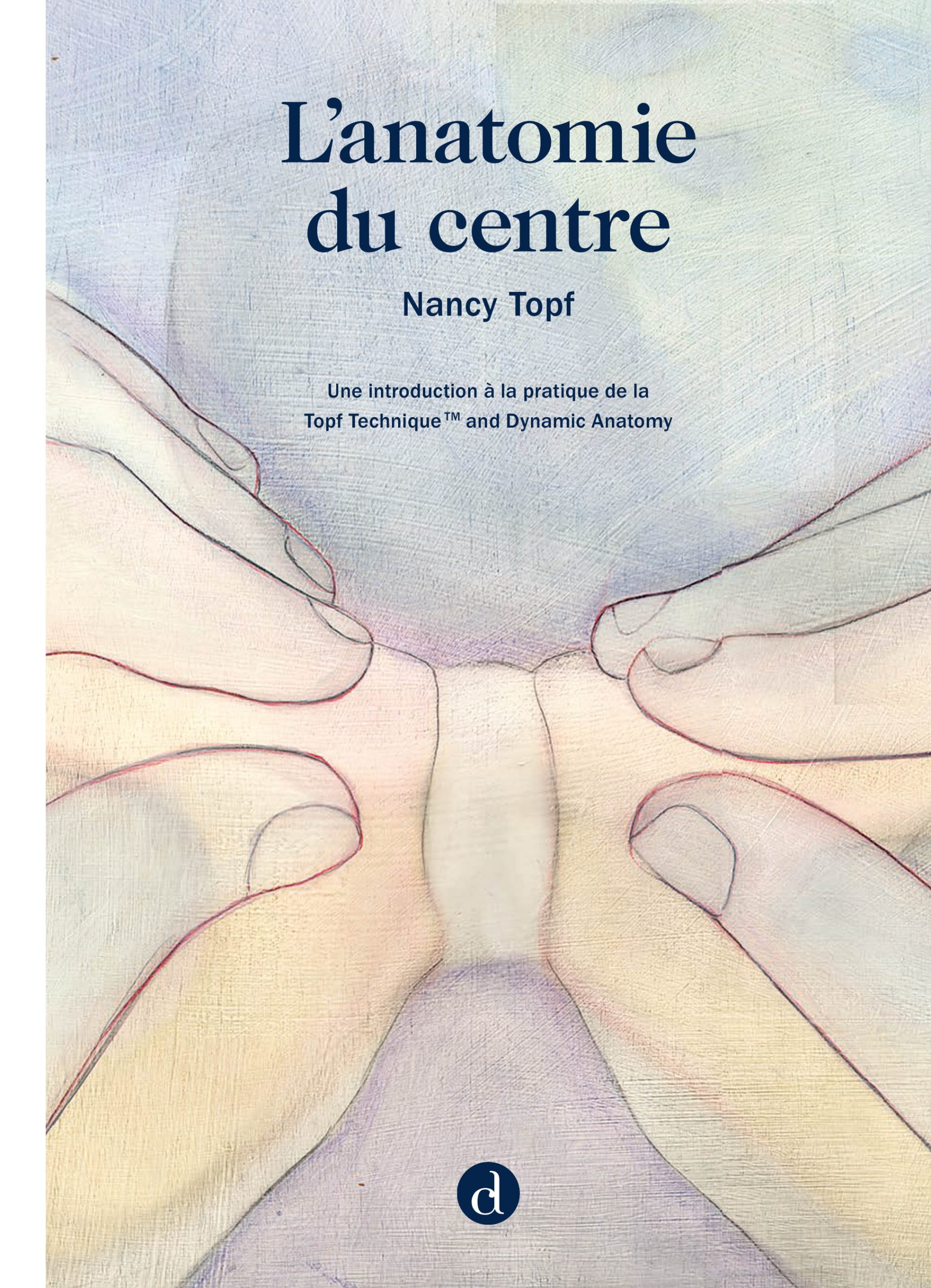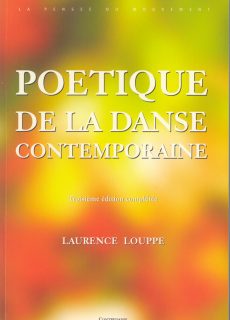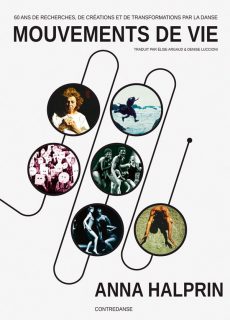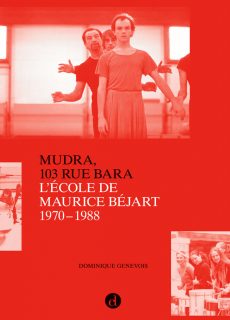L’anatomie du centre
By : Nancy Topf
Language : French
Translation : Aude Fondard
Topics : Pedagogy and transmission
Format : Book
Number of pages : 68 pages
Publisher : Contredanse Editions
Year of publication : 2020
EAN : 9782930146430
In L’anatomie du centre, Une introduction à la pratique de la Topf Technique TM and Dynamic Anatomy, Nancy Topf takes us to the center of the human body, where we encounter several components of our anatomy.
L’anatomie du centre is the French translation of The Anatomy of Center published by Contact Quarterly.
Price : € 16.00
In L’anatomie du centre, Nancy Topf takes us to the center of the human body, where we encounter several components of our anatomy. In the form of imaginary conversations, Mouth, Tongue, Spine, Pelvis and Psoas evoke with humor and precision their position, form, function and relationship. This information creates new images that can change the perception of our body and give us access to our central axis, the deep source of our balance, our movements and our dances. Practical exercises and images contribute to transmit the principles of the Topf Technique TM and Dynamic Anatomy, through their physical and sensitive experience.
The work of American dancer, choreographer and teacher Nancy Topf (1942-1998) reflects the twentieth century interest in a more refined awareness of the body. Her unpublished manuscript is put into perspective here by Melinda Buckwalter‘s texts, notably her links with Mabel Todd, Barbara Clark, Ideokinesis, Contact Improvisation and Release Technique. This insight into the genesis and foundations of Release Technique clarifies the use of the term and traces the roots of a practice that is alive and well in dance today.
Led by Melinda Buckwalter, with guidance from Jen Harmon. Translation in french by Aude Fondard of The Anatomy of Center – An introduction to the practice of Topf Technique TM and Dynamic Anatomy, published by Contact Quarterly.
Extract :
« Bouche : L’une des toutes premières expériences du centre est bien connue des bébés : quand ils sucent leur pouce et l’appuient contre la paroi arrondie en forme de dôme de leur bouche. Par le toucher, les bébés savent déjà beaucoup de choses sur leur centre et son extension vers le haut. C’est une sensation fondamentale que nous avons oubliée et devons réapprendre.
Italica : Puisque tu me le suggères implicitement, je vais sucer mon pouce. Heureusement que je n’ai pas peur du ridicule.
Bouche : Ne t’inquiète pas, Italica, avec moi, ton secret est bien gardé. En fait, quand tu appuies ton pouce contre les parois de ta bouche, tu te mets en lien avec la façon dont tu as trouvé ton premier alignement d’être humain, avec la façon dont un bébé réussit à tenir sa tête en équilibre sur sa colonne.
Bâiller est une autre manière de nous recall our structure and our center as an adult. »






